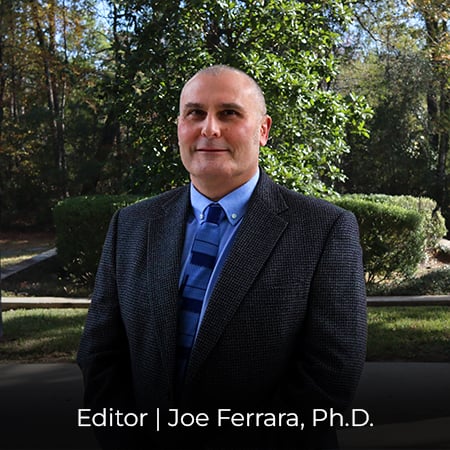CrysAlisPro Tip
CellCheckCSD
CellCheckCSD is a free tool from the Cambridge Crystallographic Data Centre that very quickly checks your unit cell against the Cambridge Structural Database (CSD). With CellCheckCSD installed, CrysAlisPro displays how many times unit cells similar to your result appear in the database.

Figure 1. CellCheckCSD matches displayed in CrysAlisPro
Why should I use it?
While CellCheckCSD may find matches that have no chemical relationship to your crystal (the search is only on cell dimensions), you’ll sometimes find that the crystal you mounted is known, or that you’ve chosen a crystal of your starting material. You may get a very quick list of structures of your compound collected under different conditions to which to compare. And CrysAlisPro keeps a local database of structures you’ve already collected; CellCheckCSD informs about those also.
How do I use it?
To get started, download the installer from CCDC (You will need a CCDC account. If you don’t have one, you’ll be prompted to create one.)
The free download includes every current entry in the CSD, but only the cell dimensions, formula, space group, and the CSD refcode. The most recent version was released on February 19, 2025 and contains 1,365,039 entries.
CrysAlisPro will recognize CellCheckCSD and display the results automatically. Click on CSD:<n> at any time to see the results; i.e., this

yields

Figure 3. CSD and Local Database
If you have the full CSD installed, view the results by pressing the View in Mercury or the Go To WebCSD button. Without a license, you may still use the Go To WebCSD button to view the structures on the CCDC Access Structures web page. Use the boxes on the left to choose which structures are loaded.
Mercury will load all the hits chosen:

Figure 4. View in Mercury
Alternatively, WebCSD will provide the information:

Figure 5. View in WebCSD
Note that WebCSD sorts the results alphabetically by refcode rather than by the cell match percentage.
The Options button allows you to adjust the search settings and also enables the local database search. With local search enabled, your existing data sets are included in the search, a very helpful option if you have frequent in-house compounds that are not included in the CSD.

Figure 6. CSD Check Options and Local Database Creation Tools
Results from the local database appear as a separate number. For example, this indicates that the cell appears 19 times in the CSD and once in the local database:

Note that CCDC currently does not notify users when CellCheckCSD is updated. You’ll need to visit their website to check for updates.
Thanks to our friends at CCDC for working with us many years ago to develop CellCheckCSD.
Author

Rigaku Americas | Texas, USA
Lee Daniels is a senior applications scientist for Rigaku Americas. Lee spent 15 years as an academic crystallographer and Rigaku user before joining Rigaku over 20 years ago. Although not associated with Rigaku for the entire time since then, Lee considers his function as a Rigaku scientist to be his calling and passion. He also spent some time representing the Cambridge Crystallographic Data Centre in North America. Lee was first exposed to crystallography while working towards his PhD under Prof. Frank Albert Cotton at Texas A&M University. His wife Chris is a chemical engineer, and his two grown children now live and work in Europe. Lee enjoys cycling, hiking, and driving his vintage Triumph, and plays bass guitar in his church’s worship band. Want to learn more? Connect with Lee Daniels, PhD LinkedIn .

Subscribe to the Crystallography Times newsletter
Stay up to date with single crystal analysis news and upcoming events, learn about researchers in the field, new techniques and products, and explore helpful tips.

Contact Us
Whether you're interested in getting a quote, want a demo, need technical support, or simply have a question, we're here to help.
